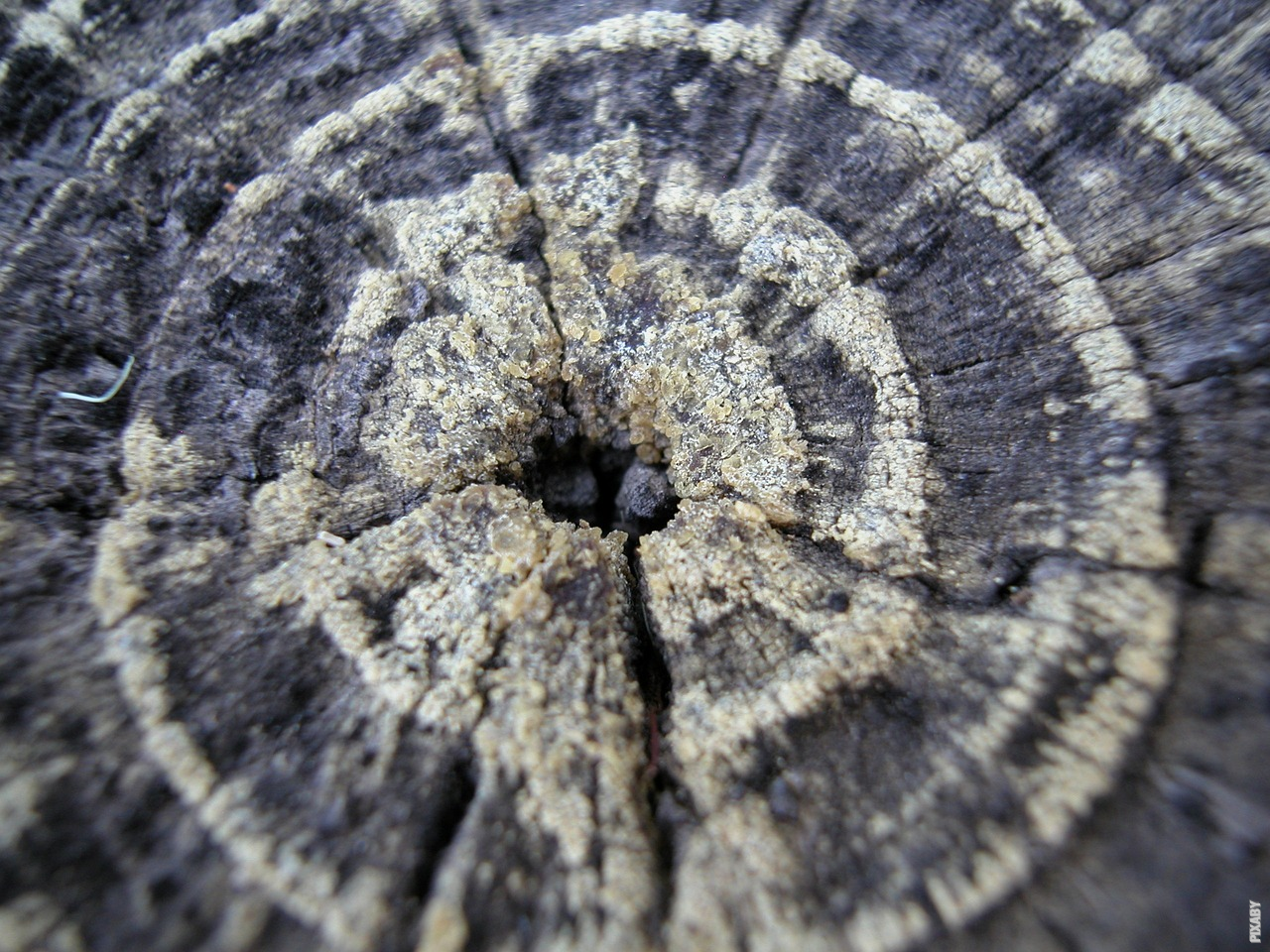The Mystery of Tree Rings Unveiled
Have you ever wondered how trees keep track of their age? The answer lies in the intricate patterns found within tree rings. These concentric circles tell a fascinating story of a tree’s growth and environmental conditions throughout its lifetime.
The Anatomy of a Tree Ring
Each tree ring is composed of two distinct parts: the early wood and the late wood. The early wood, often referred to as the light-colored section, forms rapidly during the tree’s growing season. As the seasons change, the tree transitions to the late wood, which is denser and appears darker.
Seasonal Growth and Climate
The formation of tree rings is closely linked to seasonal changes and climate conditions. In regions with distinct seasons, trees experience periods of active growth during the warmer months and periods of dormancy during the colder months. This cyclical pattern is reflected in the formation of annual rings, with each ring representing one year of the tree’s life.
Environmental Clues Encoded in Rings
Tree rings serve as a historical archive, providing valuable information about past climates and environmental changes. By examining the width and density of tree rings, scientists can infer variations in temperature, precipitation, and even volcanic activity. This data helps researchers reconstruct past climate patterns and understand the long-term effects of environmental changes.
External and Internal Factors
Several external and internal factors influence the formation of tree rings. External factors include sunlight, temperature, rainfall, and soil conditions, while internal factors refer to the tree’s genetic makeup and overall health. By studying tree rings, scientists can gain insights into how trees respond and adapt to different environmental stressors.
Post
Post
Unlocking the Secrets of Ancient Trees
Ancient trees provide a unique opportunity to delve into the past. By analyzing tree rings from ancient or preserved wood, researchers can extend climate records back hundreds or even thousands of years. This method, known as dendrochronology, has revolutionized our understanding of past civilizations, allowing us to date archaeological sites and study the impact of climate change on human history.
The Impact of Human Activities
Human activities, such as deforestation and pollution, can leave a visible mark on tree rings. Clear-cutting, for example, disrupts the normal growth patterns, resulting in narrower rings. Similarly, pollution can introduce chemical markers into the tree’s tissues, altering the composition of the rings. By analyzing these changes, scientists can assess the long-term effects of human actions on forest ecosystems.
Preserving Tree Rings for Future Generations
Tree rings are invaluable records of our planet’s history, providing insights into both natural and human-induced changes. It is crucial to protect and preserve our forests, ensuring that future generations can continue to unravel the secrets hidden within tree rings and gain a deeper understanding of our world’s past.



